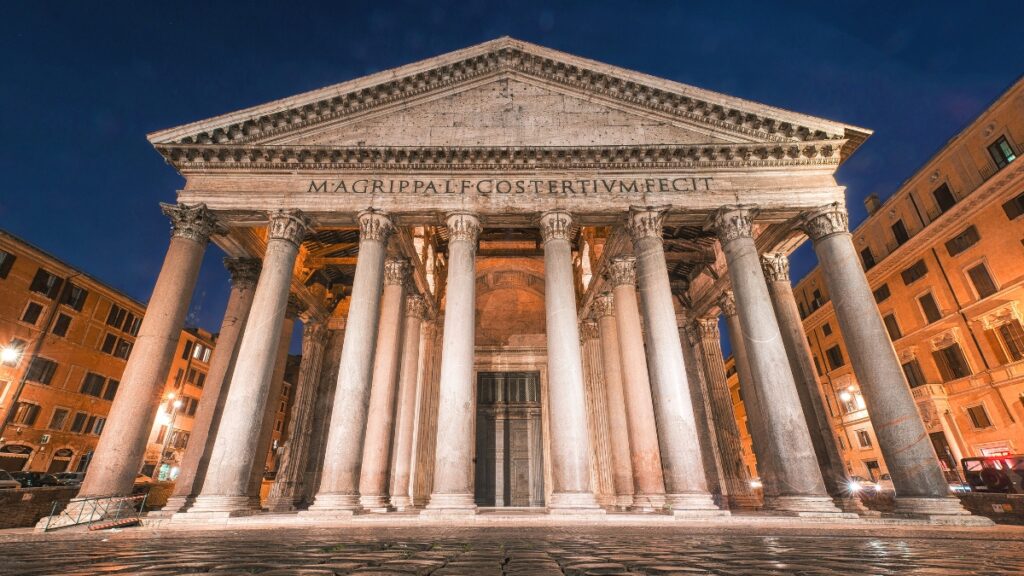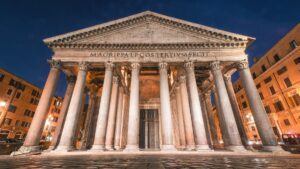
The enduring strength of ancient Roman concrete has intrigued scientists for centuries. In a groundbreaking study, researchers from the Massachusetts Institute of Technology (MIT) have uncovered new insights into the composition and mixing techniques of this ancient building material. Their findings, published in the journal Science Advances, suggest that the Romans employed a different method than previously believed, leading to the remarkable durability of structures like the Pantheon, which has stood for nearly 2,000 years.
The research team, led by Admir Masic and civil engineer Linda Seymour, focused on samples of Roman concrete from the archaeological site of Privernum in Italy. Traditionally, it was understood that the strength of Roman concrete came from a mixture of pozzolana—volcanic ash—and slaked lime. However, the MIT team found that the lime used in these ancient constructions was not slaked but rather quicklime, mixed at high temperatures in a process they termed “hot mixing.”
Innovative Mixing Techniques Uncovered
The presence of small, white chunks of lime in the concrete samples initially led researchers to believe that these were signs of poor mixing. Masic challenged this notion, questioning why the Romans would compromise on such an essential material. “If the Romans put so much effort into making an outstanding construction material… why would they put so little effort into ensuring the production of a well-mixed final product?” he said. This inquiry spurred a detailed analysis involving advanced imaging techniques, revealing that these lime clasts were integral to the concrete’s strength and longevity.
The hot mixing method allows for chemical reactions that enhance the concrete’s properties. When quicklime is combined with pozzolana and water at high temperatures, it produces compounds that are not possible with slaked lime. This process significantly reduces curing and setting times, enabling faster construction. Furthermore, the lime clasts contribute to the material’s self-healing capabilities. When cracks form, they guide water to the lime, which reacts to form calcium carbonate, effectively mending the cracks and preventing further damage.
Implications for Modern Construction
The implications of this research are significant for modern construction practices. The team conducted experiments comparing pozzolanic concrete made with ancient and contemporary quicklime recipes. They discovered that the concrete produced with quicklime exhibited self-healing properties, with cracks sealing themselves within two weeks, while control samples without quicklime remained damaged.
In an era where sustainability is paramount, the findings present an opportunity to develop more environmentally friendly concrete alternatives. Though Roman-style mixes require more water and initial energy, their potential for a longer lifespan could make them more sustainable over time. Researchers are now exploring ways to commercialize these ancient techniques, which could enhance the durability of modern construction materials, including 3D-printed concrete formulations.
The study not only shines a light on ancient engineering practices but also offers a pathway to improving contemporary building materials. As Masic noted, the durability of these formulations could expand the service life of concrete, making it a pivotal element in sustainable construction efforts worldwide.
As interest in ancient construction techniques grows, these findings from MIT could reshape how modern engineers approach concrete production, potentially leading to a revival of time-tested methods that emphasize resilience and sustainability.






